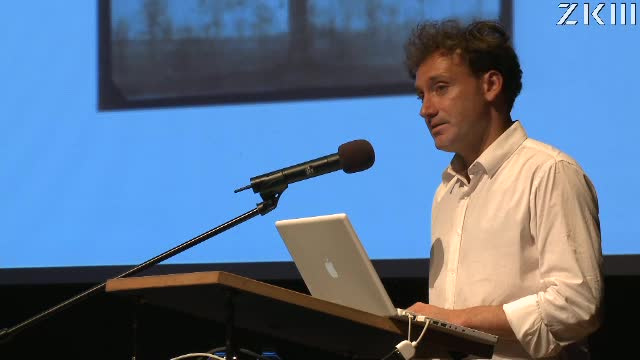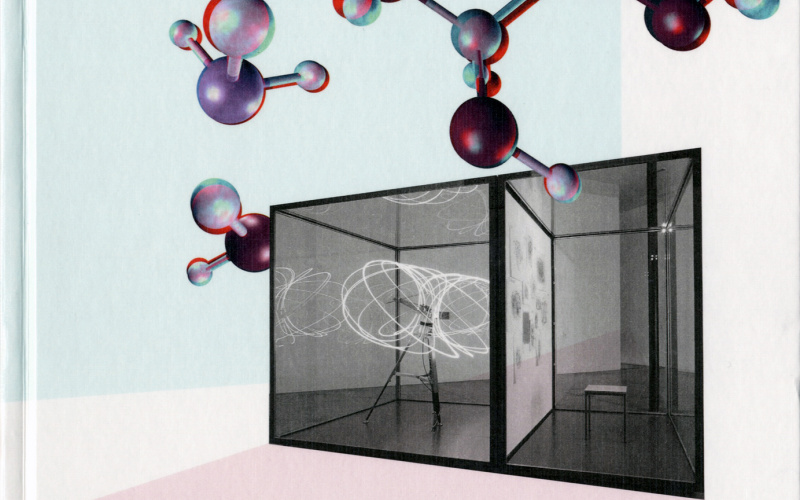Jens Hauser: Artistic Biomedia, Molecular Wetware and the Production of Authenthicity

- Date
- Duration
- 58:57
Description
How and why are biomedia employed in the field of (media) art? Whilst the technosciences themselves have increasingly become potent producers of aesthetic visualizations, do artists just want to make rival use of the epistemic power of the image? Or do they rather use wetware at the molecular or cellular level in order to short-circuit semiotic procedures of representation by staging and voluntarily emphasizing the very authenticity of their biological subjects, objects, processes or systems? The artistic use of biomedia as means of expression takes advantage of the high degree of non-fictitious believability, truthfulness and manifest corporality of their status as real biological entities, potentially living or stemming from life, and thus resembling the viewers of this art themselves. But while their real, apparent, or at least potential a/liveness first prompts the viewer's feeling of immediacy, the underlying mediality and technological constructedness of these displays is more slowly, cryptically revealed and addressed. Therefore, the apparent visual and diegetic core of biotechnological artworks needs to be carefully analyzed, beyond a purely image-based hermeneutic approach, on the basis of the artistic media themselves with their respective phenomenological impacts and their epistemic nexuses. Features that once unfolded primarily as artistic images are today being remediated, dispersed and fragmented into a confusing multitude of media. Here, mediation and technologies are no longer employed merely to achieve an aesthetic effect. They are themselves fully-integrated elements of the aesthetic idiom. Indeed, biomedia's potential to produce, destabilize and deconstruct authenticity can be seen in the light of two complementary and well-established mechanisms in art history: Illusionism, which can be considered the simulation of an authentic presence that appears even to share a physical space with the viewer, and indexicality, on the other hand, which acknowledges that cultural products per se obey sign modalities and hence induce degrees of representation.
